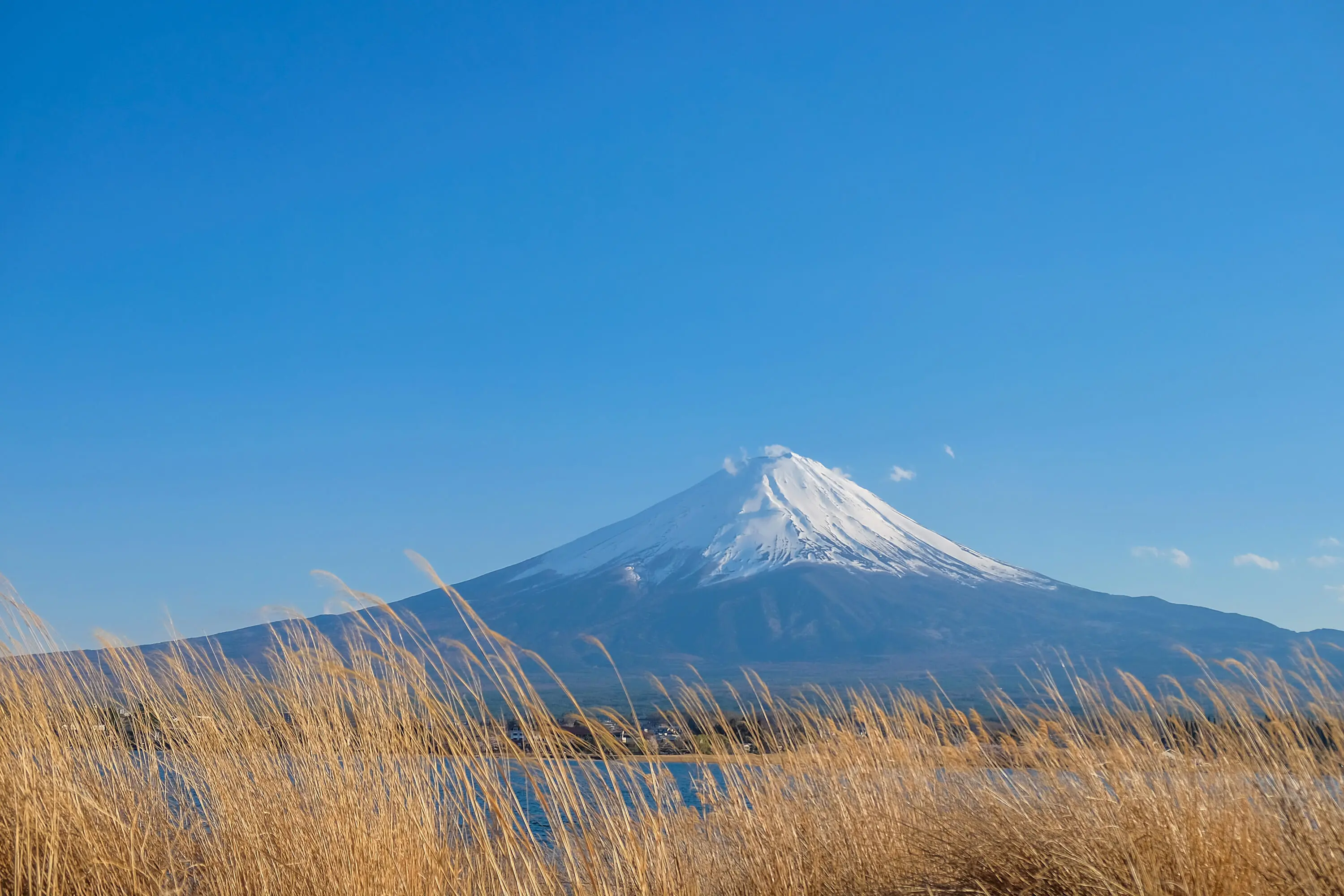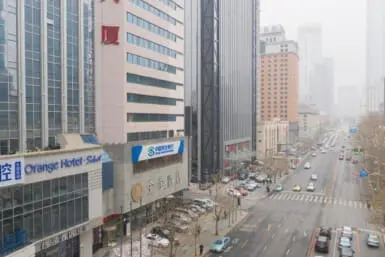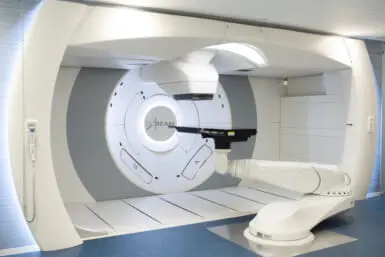You would think anyone who needs to be rescued from a mountain would then refrain from attempting to ascend that mountain again for a while. At least give it a month or two. For a university student from China, though, once wasn’t enough. On Saturday, the 27-year-old man was stretchered from the 8th to the 5th station of Mount Fuji due to altitude sickness. Four days earlier, he’d been picked up by a helicopter at the mountain’s summit after losing the traction devices — known as crampons — that are attached to the soles of mountaineering boots and are essential for safe travel on steep snow slopes.
Unfortunately for the man, he lost more than just his crampons during the ascent. He also misplaced his cellphone, so decided to head back up the mountain four days later to find it. It is unclear whether he managed to locate the phone, but what we do know is that he needed rescuing again. At a little before 1 p.m. on Saturday, another climber called the police to inform them that a man had been taken ill. Mountain rescue officers then stretchered him to the 5th station before handing him over to the fire department. Authorities say his life is not in danger.

The Risks of Climbing Mount Fuji
People are discouraged from ascending Mount Fuji outside the official climbing season, which runs from early July to early September. Last year, four people who decided to take the risk in June died on the 3,776-meter peak. Even during the climbing season, it can be dangerous. Another four hikers passed away in mid-July. This year, anyone planning to go up the popular Yoshida Trail will be required to wear appropriate climbing gear. During the online reservation process, they must agree to terms, which include wearing warm clothing and appropriate footwear. Those who fail to comply may be denied entry.









